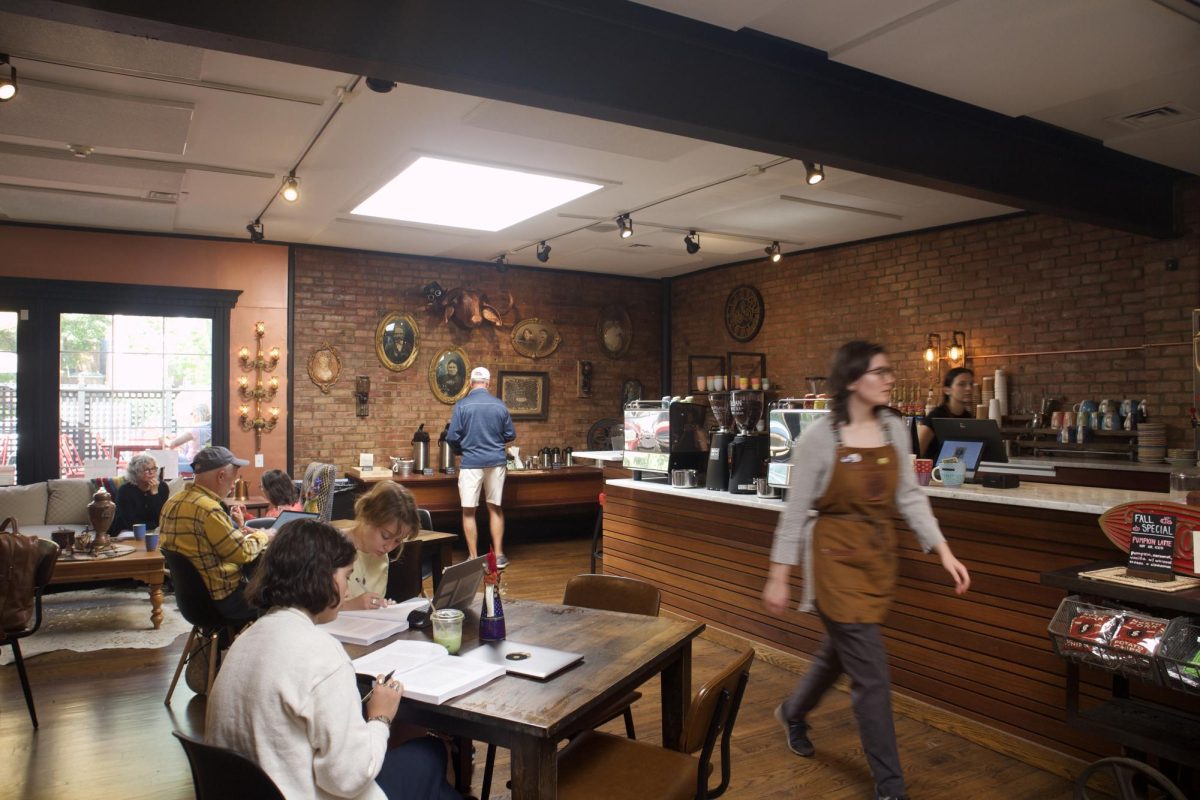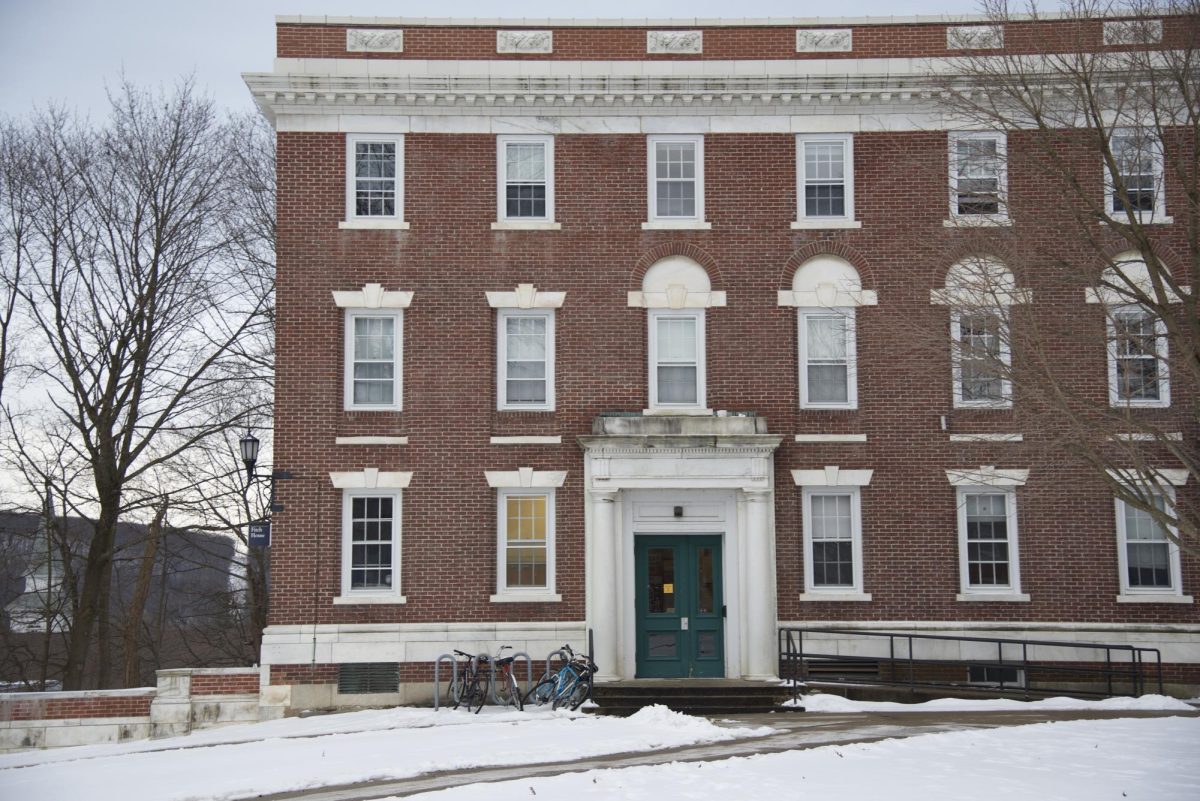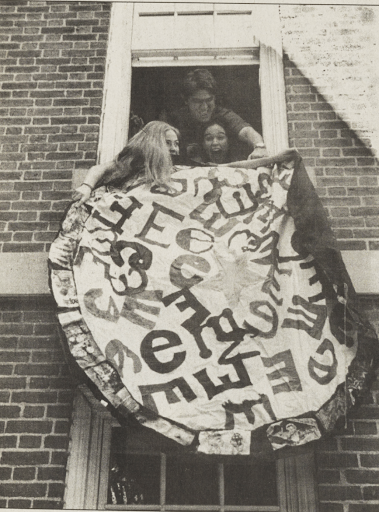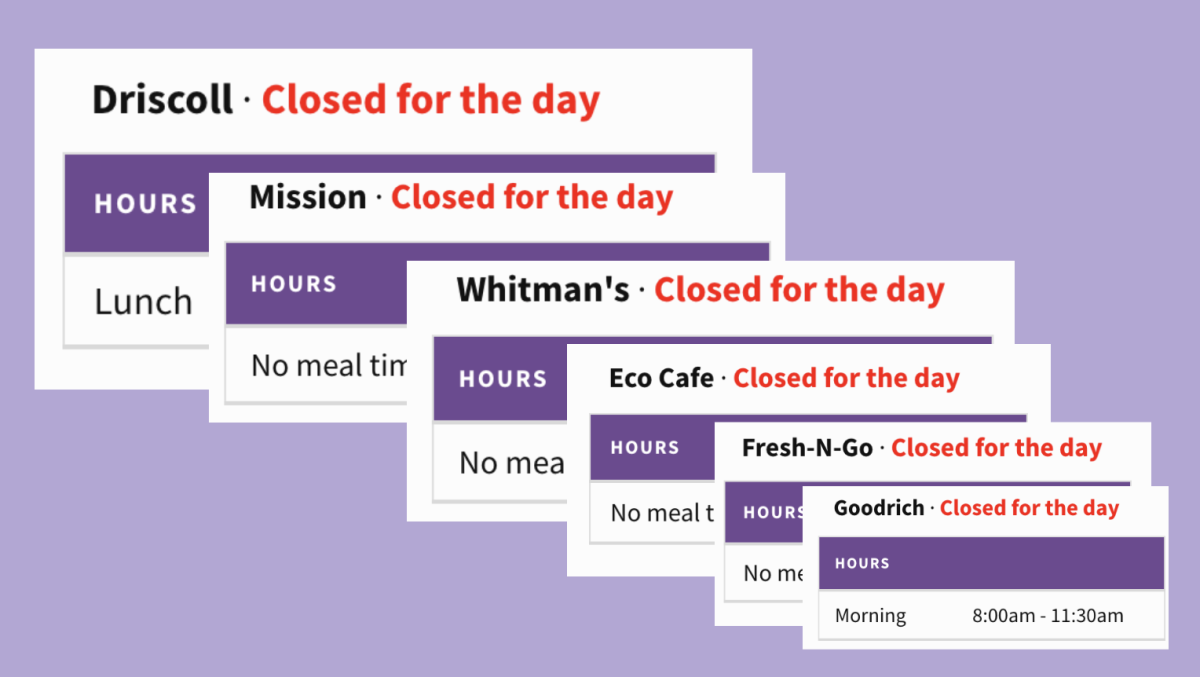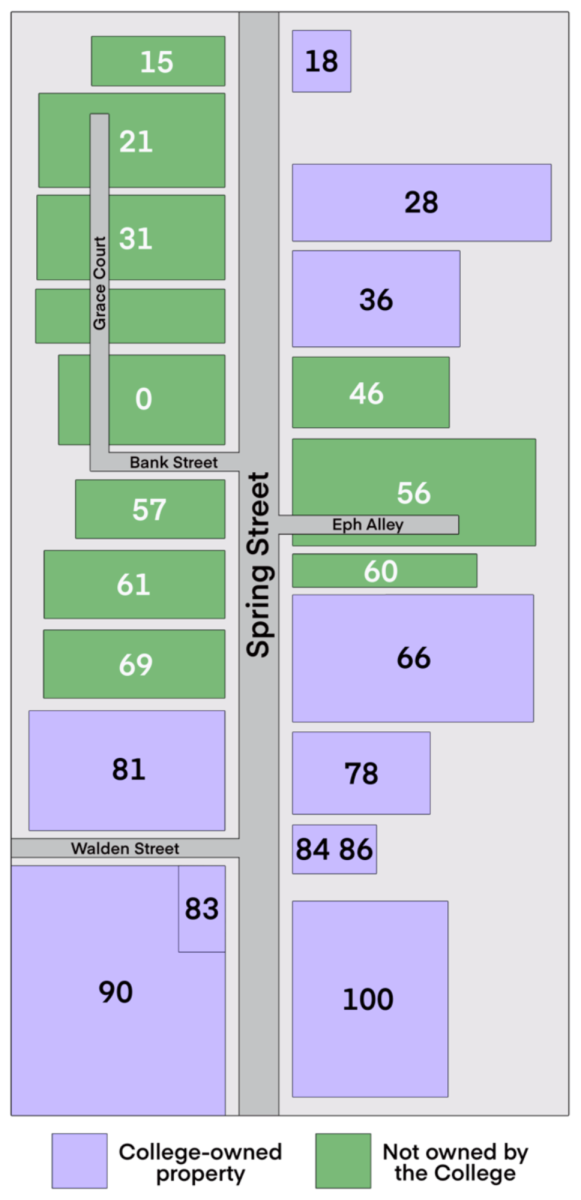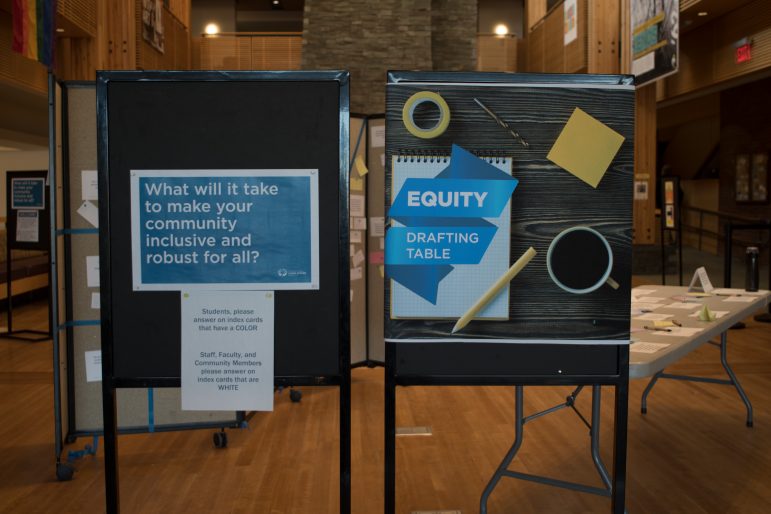
If you set foot in Paresky last week, you probably noticed several bulletin boards covered in colored note cards all over Baxter Hall. This was the Equity Drafting Table, an interactive pop-up exhibit designed to encourage campus conversations about equity. This project was co-sponsored by the Zilkha Center and the Davis Center, two campus establishments that are concerned with equity, inclusion and campus improvement.
“We’re really interested in cracking open the conversation about how to create a robust and inclusive community thinking about equity in the built environment,” said Mike Evans, assistant director of the Zilkha Center. “We wanted to make sure that the campus got a chance and gets a chance to participate in that conversation.”
One of the goals of the Equity Drafting Table was to achieve a definition of equity that works for the College. “It would be improper to say, ‘Equity is defined in this way, and we’ve decided it, and therefore that is what it is,’ because that’s an inequitable process of deciding,” said Caroline Bruno, sustainability coordinator at the Zilkha Center. “If you want to build the thing into the process, you have to create a situation where more people can contribute their ideas of what equity means before you can define it for the community.”
Even though the exhibit was called the Equity Drafting Table, the space it occupied went beyond a single table. Instead, it was a large, multi-dimensional arrangement of boards that people could walk through. The boards covered a wide range of topics, from transportation and utilities to governance and education. Under each of these topics were several questions, and community members were free to write anonymous answers on cards and pin them up. This display was up for one week in Baxter Hall.
“I think it went a little outside what most people would expect,” Bruno said. “Oftentimes, when something is up, you’re supposed to just be an observer, but if everyone was only an observer, there would just be blank panels. I think that people did appreciate looking at other people’s responses.”
All of the questions posed were designed to make people think about the environment and spaces they both exist in and interact with. The questions included, “Where do you feel at home on the Williams Campus?” “Can you get where you need to go on public transportation or by walking or biking?” and “Do you feel that you have a voice in decision making at Williams?”
The wide variety of questions allowed for a broadened understanding of our “built environment,” which is not just physical buildings but also the services we use and the culture we create. Students wrote their answers on colored cards, while others wrote their answers on white cards.
The feedback the Equity Drafting Table gathered will be used to help inform policy, planning and engagement efforts. “We want to make sure that it’s not just a thing that happened, but a thing that we use to make better decisions for the College that represents the thoughts and feelings of the campus community,” Evans said.
There will be an event on March 7 going over the community input from the Equity Drafting Table.
Those with a dedication to helping make this community a more equitable place are encouraged to reach out to the Zilkha and Davis Centers.



